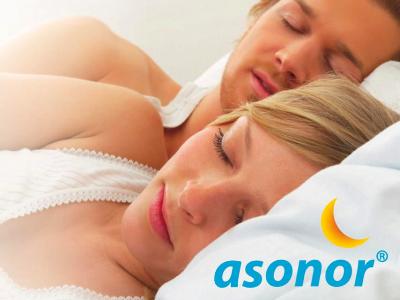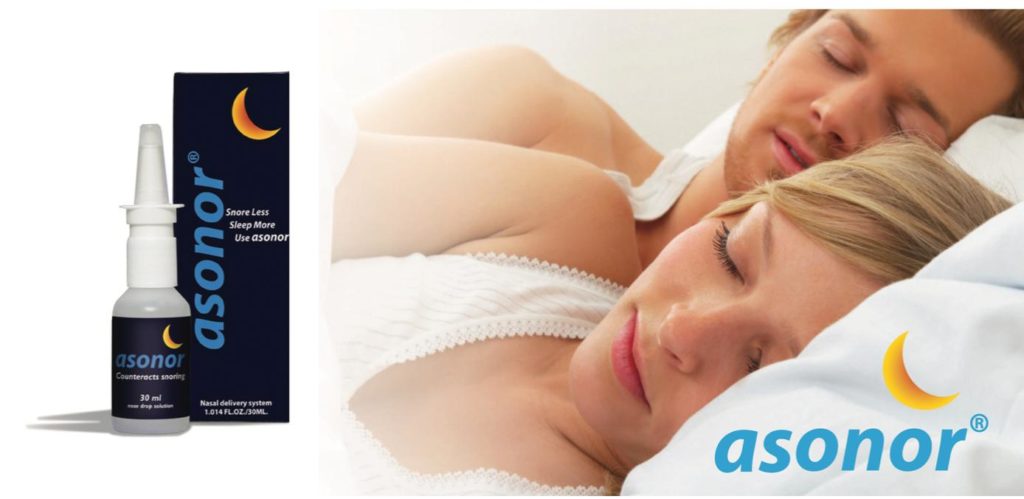 What is snoring?
What is snoring?
Snoring is the raspy noise produced in the nose & throat during deep sleep. It arises when breathing is
obstructed. For instance, a common cold or an anatomical irregularity in the nose or throat. In addition, the most
common cause of snoring is the relaxation of the muscles around the throat during sleep.
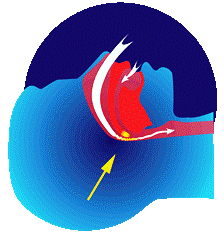
Snoring is distressing only to other people, certainly to the partner or roommate. Snorers seldom know that they snore, they can’t hear themselves.
When we are asleep, the area at the back of the throat sometimes narrows as the muscles relax, and even close off temporarily. This means that air has difficulty passing. As one requires the same amount of air to the lungs, the air intake speed increases. Pressure in the throat increases, and the uvula (1) and soft palate (2) begin to vibrate which in turn produce a noise called snoring (3). So in order to stop snoring, one has to treat here.
Snoring also may be a sign of an underlying medical problem.
Problems associated with Snoring
Studies show that people who snore have an increased risk of cardiovascular diseases, high blood pressure, stress, headache, decreased sexual function and premature death. Multiple studies reveal a positive correlation between loud snoring and risk of heart attack (about +34% chance) and stroke (about +67% chance).
Snoring can have significant social consequences. It affects sexual life. A survey says that snoring is ruining the sex lives of one in four couples. Twenty-five per cent sleep separately to avoid the issue, while half admit it affects their relationship.
Habitual snorers can be at risk of obstructive sleep apnea (long interruptions of breathing for more than 10 seconds) during sleep caused by partial or total obstruction or blockage of the airway. The most common type of sleep apnea is obstructive sleep apnea. This happens when the upper airway gets blocked during sleep. Often, the blockage happens when the soft tissue in the back of the throat collapses and closes during sleep. Relaxed throat muscles, a narrow airway, a large tongue or extra fatty tissue in the throat can block the airway.
Snoring by itself doesn’t necessarily mean that you have sleep apnea, but the majority of people with sleep apnea do snore loudly.
An estimated 858,900 (2.5%) Canadian adults 18 years and older have sleep apnea Read more about sleep apnea in Canada.
You can read more about sleep apnea here.
How common is snoring?
Statistics suggest that about 57% of men and 40% of women snore (according to Dr. Karl Doghramji, Merck Manuals) It is quite common and becomes more common as people age.
People who snore can have any body type. We frequently think of a large man with a thick neck as a snorer. However, a thin woman with a small neck can snore just as loudly. In general, as people get older and as they gain weight, snoring will worsen.
There are some indicators more common to snorers such as:
Older age (above 50)
- Obesity, particularly if fat distributed around the neck
- Use of alcohol or other sedatives
- Long term nasal congestion
- A small jaw or a jaw that is farther back than normal
- Menopause
- Pregnancy
- Being male
- Large tonsils
- Deviated nasal septum
- Nasal polyps
Do You Need to See A Doctor?
If you have any of the below signs, you better see a doctor because they point out to sleep apnea and this condition needs medical treatment:
- Episodes of choking or not breathing during sleep witnessed by a partner
- Headaches in the morning after waking up
- Extreme sleepiness during the day
- Very loud constant snoring
- Obesity
- People with sleep apnea are at increased risk of high blood pressure, stroke, heart disorders and heart failure and diabetes.
Treatment
If there are definable anatomical causes obstructing normal breathing or narrowing the airway, like nasal septum deviation, nasal polyps, large adenoids or chronic nasal congestion, they can be treated surgically.
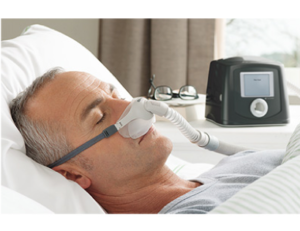
Obstructive sleep apnea is treated with CPAP (Continuous Positive Airway Pressure). A mask is applied to the mouth and nose during sleep and positive pressure is applied with a device. This positive pressure keeps the airways open. A mask on the face while sleeping can be uncomfortable in the beginning, but usually tolerated after a while.
- Apart from the above there are some general measures that help reduce snoring such as:
- Avoiding alcohol and sedatives several hours before sleeping.
- Elevating the head. For instance, the best way is to elevate the head part of the bed with 2 blocks under the bed’s legs. Or using wedge pillows that elevate the whole upper body. Do not use regular pillows to elevate the head only.
- Sleeping on one side, not on the back.
- Partners may also benefit from using ear plugs or white noise machines.
- Losing weight
- Keep pets out of the bed room. The snorer might be allergic and pet dander will cause nasal congestion.
- Milk with Turmeric powder: This is an old home remedy for snoring. Turmeric has anti-inflammatory properties and studies have shown that oral turmeric can be very helpful in clearing the airways blockages. This will reduce the congestion in the path of the air, helping to reduce snoring. The best time to have turmeric milk is before going to bed.
There are also some specific treatments toward reducing snoring. Each application might work in one person and not in another. You may also benefit from using a combination of the applications as well.
Physical Anti – Snoring Devices
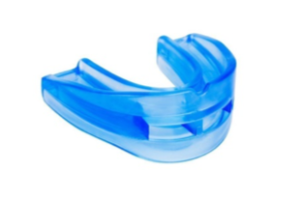
– Mandibular Advancement Mouth Piece: These appliances push the lower jaw and tongue forward to keep the throat open.
Some of these mouth pieces are adjustable in order to fit the best position and are more effective than the fixed ones. Should be while asleep. The draw back is their discomfort and they cause excessive salivation.
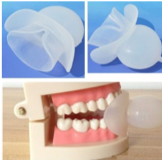
– Tongue-Retaining Devices: Use suction to keep the tongue forward however, they are more uncomfortable than the mandibular
mouth piece and less effective.
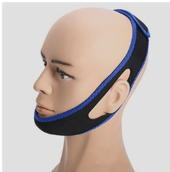
– Chin Strap: Elastic bands wrapped around the lower jaw and head to keep the mouth closed. Also to keep the lower jaw in place during sleep (preventing the lower jaw from dropping back and blocking the airways). Snorers usually snore when breathing through the mouth.
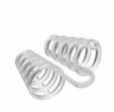
But of course in this case the nose should be open with no congestion.
– Nose Vent: Small plastic or silicone inserted into the nostrils to keep the nose from opening open.
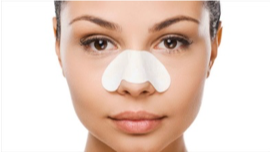
– Nasal Strips: These are tapes that adhere to the outer part of the nose and keep the nose open like a spring. People who benefit from
this device probably have allergy or any kind of nasal congestion and it will be good idea to seek professional medical advice.
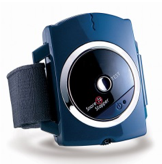
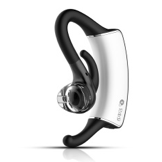
– Distraction Devices: These devices are equipped with sound sensors that can be adjusted to different levels of decibels. When activated, distracts the snorer by a slight electric pulse or movement of the pillow or a slight sound in the ear enough to “poke” the snorer without awaking him or her.
Medical Treatments
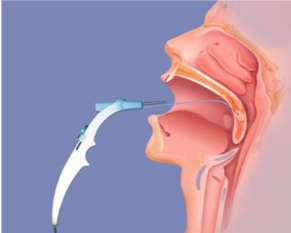
– Surgery: There are also several surgical procedures to help reduce snoring. They either remove excess tissue and reshape the uvula and soft palate, widening the airways, or make the existing soft tissues more rigid and stiff with laser or HF devices or by injection. There is also a poly-ethelene implant for the soft palate to stiffen it. An ENT (Ear Nose Throat) specialist can help with the decision.
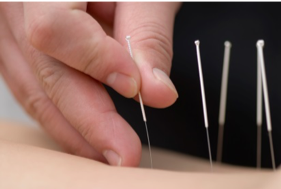
– Acupuncture: The ancient Chinese dealt with snoring with acupuncture! Studies show that acupuncture is helpful in some people. Want to try? Click here.
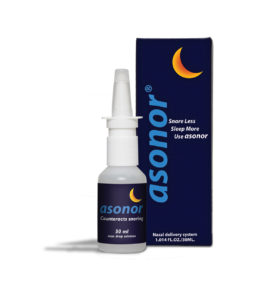
– Throat Drops: Applied through the nose or spayed in the throat through the mouth. Anyway, they have to reach the throat to be effective. Many of them are natural based and studies have proved their relative effectiveness. In addition, These drops have some ingredients that either lubricate the airways, or tighten the musculature.
One of these drops is called ASONOR®
What is Asonor?
• Asonor®
Asonor® is a patented product, originally developed by Boehringer Ingelheim, and today patent, trademark and product is owned by TannerMedico A/S. It is clinically proven from comprehensive studies carried out by University Hospitals in London and Copenhagen to decrease or stop snoring. The results from clinical studies, independent consumer tests and customer feedbacks all show that snoring is eliminated or considerably reduced in nearly 3 out of 4 persons. (%75 success rate)
Asonor® was registered by the health authorities in Europe in 2005, in accordance with the requirements of the Directive 93/42/EEC. The classification and the documentation of the safety and effect against snoring fully comply with this Directive.
Approved by Health Canada as a Natural Health Product with NPN 80042277.
How does it work?
Asonor® lubricates and softens the mucous membranes in the throat, whilst also slightly tightening the musculature in the throat. As a result, breathing becomes easy and unobstructed therefore prevents the dry mouth that many snorers complain about in the morning.
There are no known or registered side effects from using Asonor®
Asonor Alternatives
Asonor® is the alternative to laser treatment and anti-snoring sleeping devices which are used in the mouth or nose at night. Many of our Asonor® users have complained that those devices are uncomfortable.
With 4 to 6 pumps in each nostril before going to bed, results to 75% of the users and their having better sleep. So in order to be effective, the solution should be felt in the throat after application. In order to enjoy the complete effect, it is recommended to use Asonor® consistently for at least 2 weeks before concluding that you are 1 of the 25% not responsive to Asonor®.
Asonor® contains: Sodium chloride, glycerol, polysorbate 80, edetatesodium, Potassium sorbate and HPW (pH Adjusted and according to ph eur)
Packaging: Nasal delivery system, 30 ml. sufficient for approx. 25-30 treatments.
Manufactured by:
TannerMedico A/S
DTU Science Park
Agern Allé 3
2970 Horsholm
Denmark
Distributor in Canada
BLUESKY BEST
Unit 609, 220 Duncan Mill Rd.
Toronto, Ontario
M3B 3J5 Canada
References:

